Whoa.... interpreting remainders.... working with word problems....!
Lots of THINKING was happening in my classes today! First, we had to read the word problem to determine the division problem we needed to solve for A.
A. 93 divided by 5
Once we had the quotient to the division problem, we had to determine what the quotient meant.
A. 93 divided by 5 = 18 r3
18 = the number of students per group
3 = the number of students left over
Now that we know the labels to our quotient parts, we are able to answer the question.
The least number of players at each station is 18.
What happened to our remainder?
Ignore It!
Next, we needed to answer question B. This meant that our division problem changed:
B. 93 divided by 8
We had a new quotient to work with:
93 divided by 8 = 11 r5
11 = the number of stations with 8 players
5 = the number of players not at a station
Our answer would be:
12 stations
What happened to the remainder?
Since 11 stations was not enough for
everyone to be included
(our remainder shows 5 kids left out),
we needed to ADD ONE station!
After working this problem together, I asked the classes to work in table groups to complete the remaining problems. I wanted them to have small group, purposeful talk about the problem: how to solve it, what the quotient meant, and what to do with the remainder, etc.
During this time, groups were to ask me clarifying questions as needed. After solving each problem, the entire group would come to me to have it checked for immediate feedback and reinforcement about their problem solving and answer!
To complete the lesson I had the kids write me an exit ticket in an effort to get them to write critically about their learning. Today's ticket was:
How do you think you could make the concept of
interpreting remainders easier to learn?


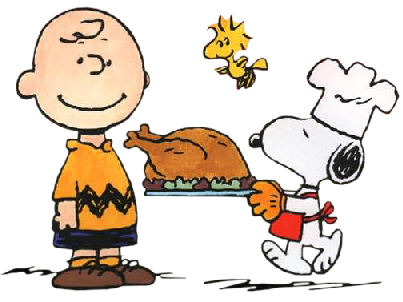

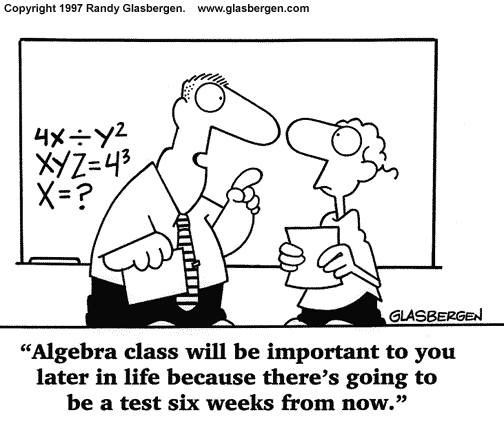

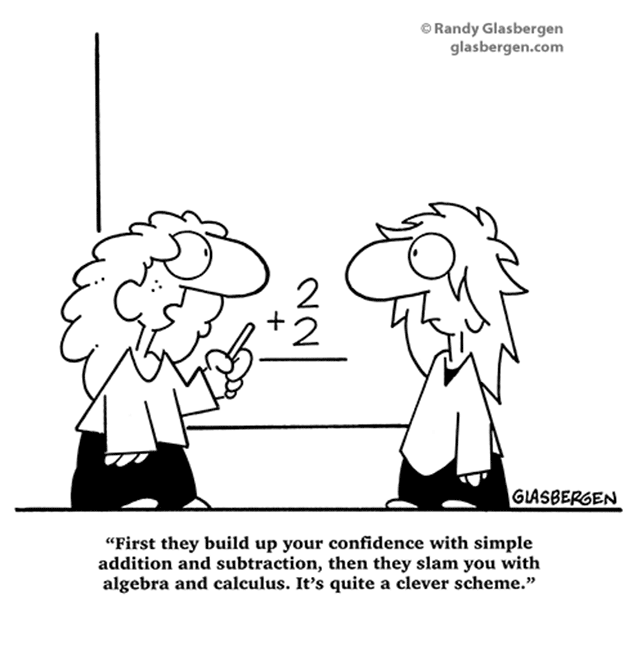






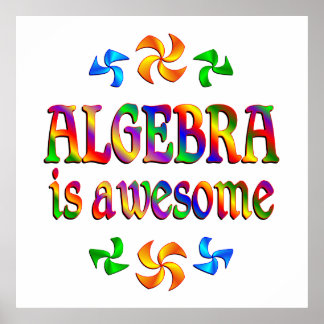


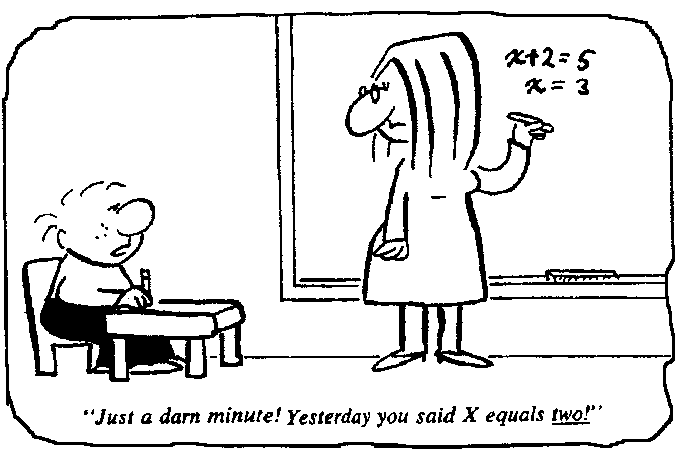


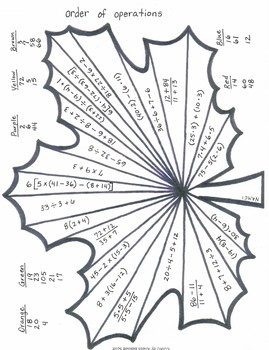



.png)



